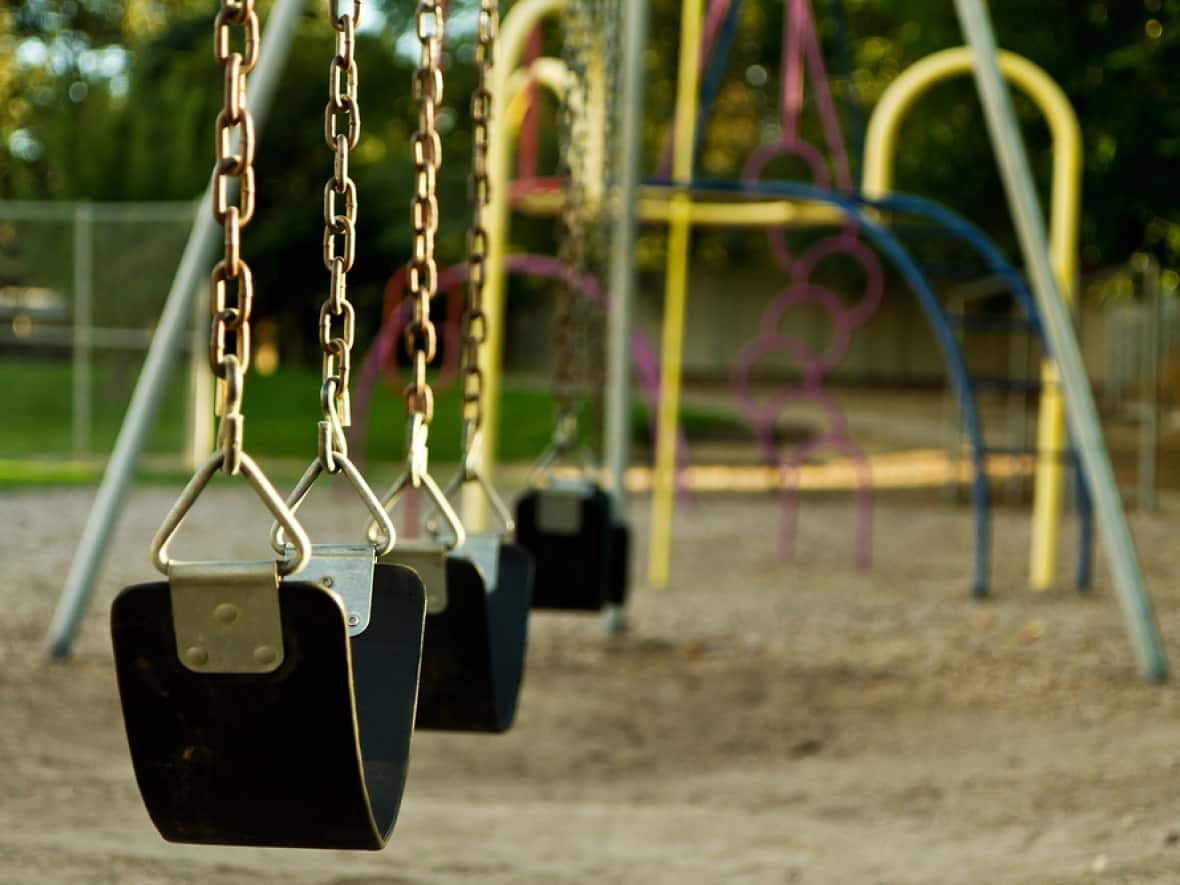Advocate's report highlights shocking 'systemic' problems in N.B. child welfare system

A teenage boy with a traumatic brain injury took his own life after he was released from a 30-day psychiatric assessment in custody at the youth prison, a place he never should have been.
A 14-year-old boy spent two months in hospital because the provincial government, which had custody of him, couldn't find him a safe place to live.
Two siblings, 14 and 12, lived in an apartment without parents. One of them can't read. Despite five reports of neglect, only one risk assessment had been done, and the department determined the concerns were unsubstantiated.
They're three of 10 examples the province's child and youth advocate highlights in a new report detailing "systemic" problems within New Brunswick's child welfare system.
The report also includes information from hundreds of interviews the advocate's office conducted with youth in care, front-line social workers, group home staff, police officers, officials in the justice system, doctors, teachers and others.
From a lack of transparency within the Department of Social Development to a lack of training on the trauma youth in care face, to problems recruiting and retaining staff who work with the most vulnerable children, the report describes a system that appears to be failing the children it's designed to protect.
"Youth too often leave the system to become homeless, poverty-stricken and health-endangered," the report says.
The advocate's report, called Through Their Eyes, describes an "ongoing crisis" in finding placements for children and youth in the care of the government. Foster parents are in dire shortage, leading to young children being placed in group homes not designed for them.
"We have an 8-year-old who is naïve and innocent in a group home with teenagers, some of who use drugs and alcohol and are prone to violence," a social worker is quoted as saying.
Other times, siblings are split up, often with little warning, because the department can't find a place where they can live together. One child quoted in the report describes being awakened by a social worker, with only five minutes to get ready to move to a group home.
'It's been alarming for years'
It's a "crumbling" system that social workers have been trying to navigate without proper resources for years, according to Shawna Morton, a social worker who represents front-line staff as president of CUPE Local 1418.
"Alarming? Absolutely, but it's been alarming for years, and it continues to get worse and worse and worse," she said on Wednesday.
Morton said there are 15 vacancies within child protection staff in Saint John, the equivalent of missing three whole units. The story is similar for many of the community agencies the department works with, which are also dealing with significant staffing problems. For example, Morton said they can no longer access support workers who can help social workers in emergency after-hours situations.
The province recently introduced new child welfare legislation designed to give the department expanded power to intervene when a child could be at risk. The proposed legislation was being debated in a committee at the legislature on Wednesday afternoon, and will continue on Thursday.
"If the resources are put in place when the act is rolled out, or when we start administering to the new act, then absolutely, it will help some of the crisis," Morton said.
"But that being said, where are we going to get those extra resources when we're not getting as many people that we need to step up to the field, step up to the plate, now?"
Social Development Minister Bruce Fitch said he is still going through Lamrock's nearly 300-page report "and exactly what it means."
'Repeating the same mistakes'
The advocate's latest publication is one of more than a dozen reports and reviews over the last two decades that have painted a picture of an over-burdened and under-resourced system, staffed by people who care significantly but who face bureaucratic challenges, on top of juggling traumatic and increasingly complex cases.
One regional manager in Social Development estimated one in four children are placed in the care of the department because of mental health concerns, autism or physical disabilities.
Most of these reviews were prompted by high-profile cases of neglect and abuse that drew calls for change, only to be followed by similar recommendations years later, after another horrifying case becomes public.
"What we heard from a multitude of professionals is that the child welfare system does not listen to or learn from professionals beyond the Department of Social Development," the report says.
"It is a reactive system with little foresight. It is a system that is continually unprepared to address the crises that arise."
The most significant problem, the report says, is the system has been reluctant "to truly hear from, and give credence to, the opinions of the children and youth it serves," the report says.

The advocate calls for the province to develop a child welfare strategy and annual reviews of all aspects of the child welfare system.
"The system does not comprehensively seek to identify problems and solve them," the report says.
"To an inordinate degree, the system churns along, repeating the same mistakes."
Problems with group homes
It also calls for significant changes in group homes, including a strategy to retain qualified people to work in the homes, guidelines around when police should be called and trauma-informed training for staff.
Children are often moved frequently between foster homes and group homes when the system doesn't have a place for them, though the department doesn't measure the average number of placements for a child in temporary or permanent care.
"The number of moves to and from group homes, foster care placements or kinship placements for children are only tracked by the children themselves, mostly in unhappy memories," the report says.
The government also doesn't track staff turnover in group homes, though an industry group reported 521 people resigned from 512 positions in a two-year span between 2015 and 2017.
One group home offered a $2 pay increase per hour to staff for eight weeks, after losing 36 staff in 10 days at the beginning of the pandemic. But the department told the group home it didn't support the measure and wouldn't cover the increase, the report says.
Despite a lack of group home availability, the report says the province needs to make sure existing group homes meet standards.
"During this review we heard from youth about problematic practices in group homes such as withholding food from youth if they didn't take their medication, laughing at youth in crisis, locking them in rooms, and listening to their phone calls (in violation of practice standards)," the report says.
Lack of data
The report also describes how a 14-year-old boy with fetal alcohol spectrum disorder was charged after damaging property and uttering threats in a group home.

Despite not being able to understand the consequences of his actions, he was transported in a caged sheriff's van, strip-searched and placed in secure custody with youth who had been convicted of crimes, where he was assaulted twice. After the boy was isolated from other youth, he attempted to cut his wrist with a jagged piece of plastic he found in the sheriff's van.
"We see situations wherein 12, 13, and 14-year-olds are prosecuted and have absolutely no understanding of what is happening," the report says.
"We have attended court when a youth clutching a teddy bear was being prosecuted."
The advocate calls for the province's child welfare legislation to give youth in care access to a lawyer at first appearance in youth court, and to develop a guide for social workers to explain how to advocate for children who go through the justice system.
Lamrock has also previously called on the government to be legally required to track and report on the outcomes of children and youth in care, including how many graduate from high school or find themselves navigating the criminal justice system. Fitch wouldn't commit to this when asked on Wednesday.
The department also doesn't track how many children have been neglected or even how many have filed complaints about their group homes.
Without that data, Lamrock said the department can't tell if things are getting better.
"If a parent didn't know if their kid graduated high school or was in jail, Social Development would investigate them," Lamrock told reporters.
"But Social Development doesn't know how many of its kids graduate or how many of its kids go to jail."


